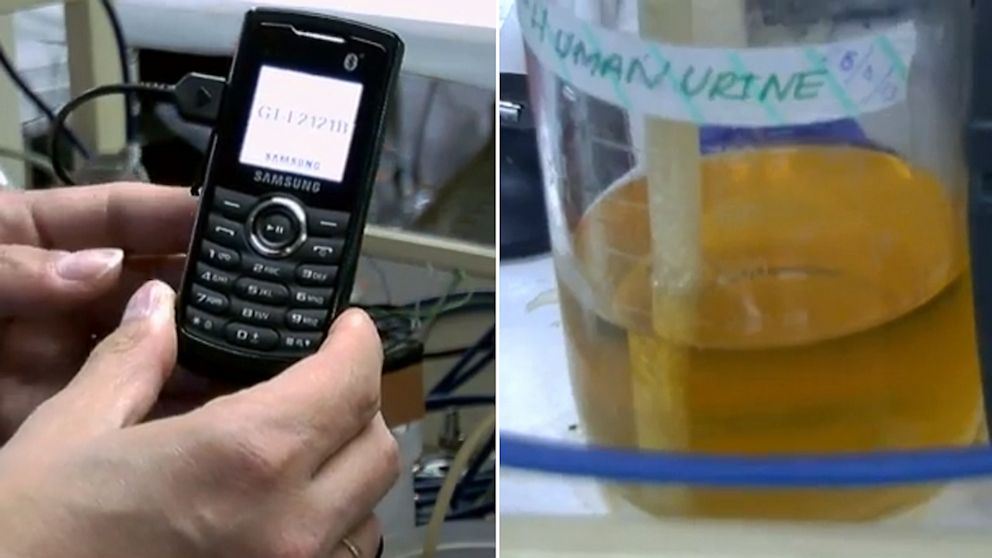Scientists at the Bristol Robotics Laboratory in England recently used 500 milliliters of urine to power a cell phone for a 24-hour period, during which they were able to make phone calls, send text messages and surf the web. The Bristol Robotics lab is a joint venture between the University of West England and the University of Bristol. Ioannis Ieropoulos, a senior research fellow told ABC News that the urine was used to power microbial fuel cells, which are energy converters that can convert one form of energy into another.
“We have been using urine as their feed stock,” Ieropoulos explained. “We have a system that allows the feeding of urine into these microbial fuel cells, and the output we get is electricity. Just imagine the microbial fuels as analogous to batteries. We collected them, gave them urine as the fuel, and that’s what is used to charge the mobile phone battery.”
Ieropoulos hopes that the lab’s research could potentially lead to the creation of a smart toilet capable of creating energy as waste goes down the drain. Moreover, this type of technology could be used in less developed parts of the world such that toilets would not even be required to create energy as a byproduct of human waste.
“What we have been asked to do is produce a technology that can go into the remote community location, be installed at the pit latrine — in the hole in the ground — and utilize some of that waste for electricity production.”
The researchers also believe this technology could eventually give people the ability to power their cell phones in emergency situations.
“If one was at a remote location and they had this technology available, they could urinate into this technology and get the central electricity to charge up their phone and contact the people they had to contact if they were in a distressed situation,” he said.
The research will be published this week in the Royal Society of Chemistry Journal. The Bill and Melinda Gates Foundation partly funded the project.
Photo: Bristol Robotics Laboratory

COMMENTS
Please let us know if you're having issues with commenting.